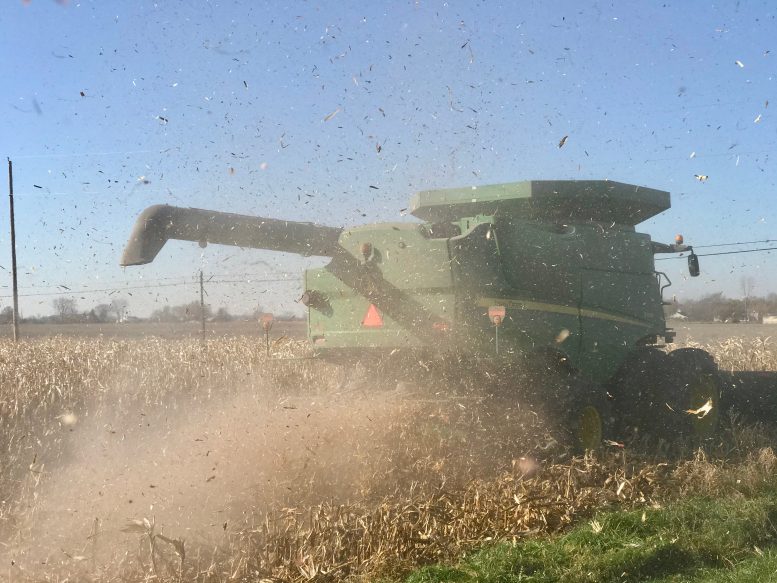Next year, for the first time, U.S. agricultural imports are expected to exceed the nation’s exports
Ohio farmers and groups representing them say that they need access to foreign labor not just to get their products to market or to ease inflation. They say it’s a matter of national security.
For the first time, next year, U.S. agricultural imports are expected to exceed the nation’s exports, according to the U.S. Department of Agriculture. Of course, that would make the country a net importer of food.

“A nation that cannot feed itself is not secure,” James O’Neill, spokesman for the American Business Immigration Coalition, a bipartisan group that works for what it calls “sensible immigration reform.”
He was speaking on Wednesday at the Culinary Vegetable Institute in Milan. The event is part of a push to get the U.S. Senate to pass the Farm Workforce Modernization Act of 2021, which has already been passed by the House.
Among other provisions, the bill would create “certified agricultural worker” status for certain foreign farm employees, allowing them to stay in the United States for 5.5 years and could be extended. After meeting certain requirements those workers would be able to apply for permanent resident status.
The bill also would adjust minimum wages for such “H-2A” workers and specify a minimum number of hours they need to work.
The changes are necessary to keep family farms, said Bob Jones, an Erie County vegetable grower, who works a farm that has been in his family for 50 years.
“The reality today in United States modern agriculture is that food consumed by Americans is and will continue to be harvested by foreign hands,” he said. “Americans just simply are not interested in working in the field, in the greenhouse, or the packing house.”
Jones added, “We are either going to import workers or we’re going to import food. The choice is really that simple.”
New American Economy, a bipartisan group that advocates immigration reform, says there are already more than a half-million immigrants in Ohio — 4.7% of the state’s population. Those people pay $6 billion in taxes annually, the group said.
Immigrants also make up more than 18% of Ohio’s agricultural workforce, and that’s amid what O’Neill called “a devastating labor shortage in the agriculture sector and it must be urgently addressed to keep shelves stocked and lower prices at the grocery store.”
Scott Higgins, CEO of the Ohio Dairy Producers Association, said that in addition to needing more access to foreign labor, his group desperately needs another change that is included in the Farm Workforce Modernization Act. Currently, H-2A visas are seasonal, but the bill would make them year-round.
It simply doesn’t work for us,” Higgins said of the present arrangement. “We milk cows 365 days a year.”
The bill wouldn’t solve some of the larger problems faced by the country’s outdated immigration system, but Higgins said it’s vital for the Senate to pass it anyway.
“We can’t wait for wholesale change from immigration reform to meet the needs of … our workforce,” he said.
More headlines from Ohio Capital Journal:

